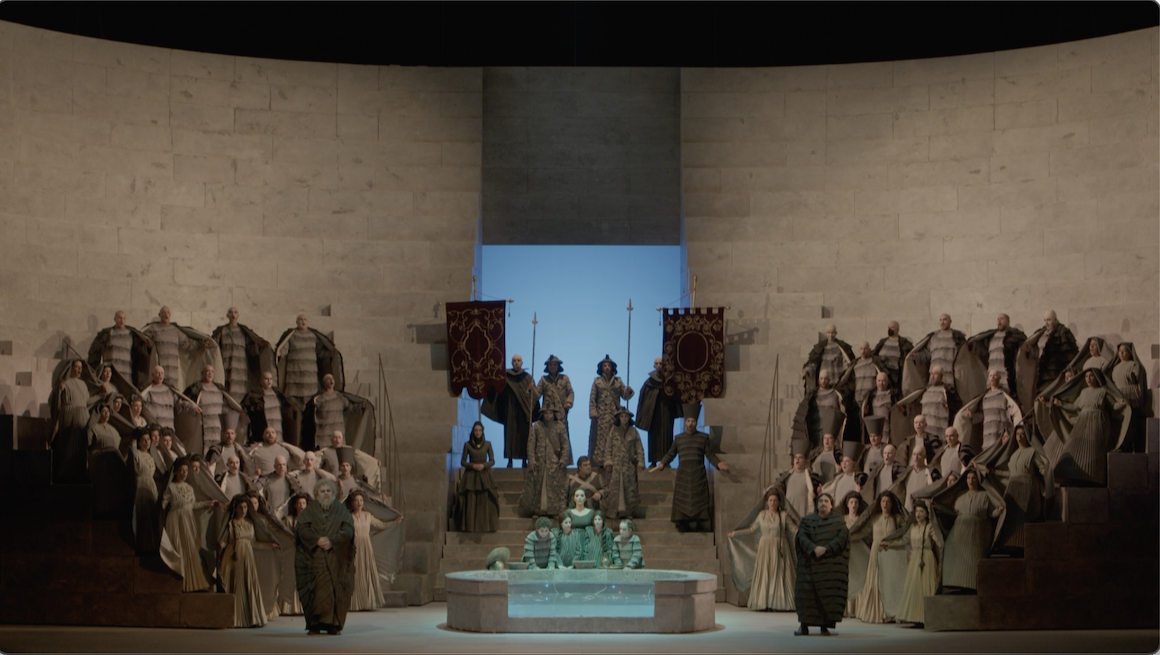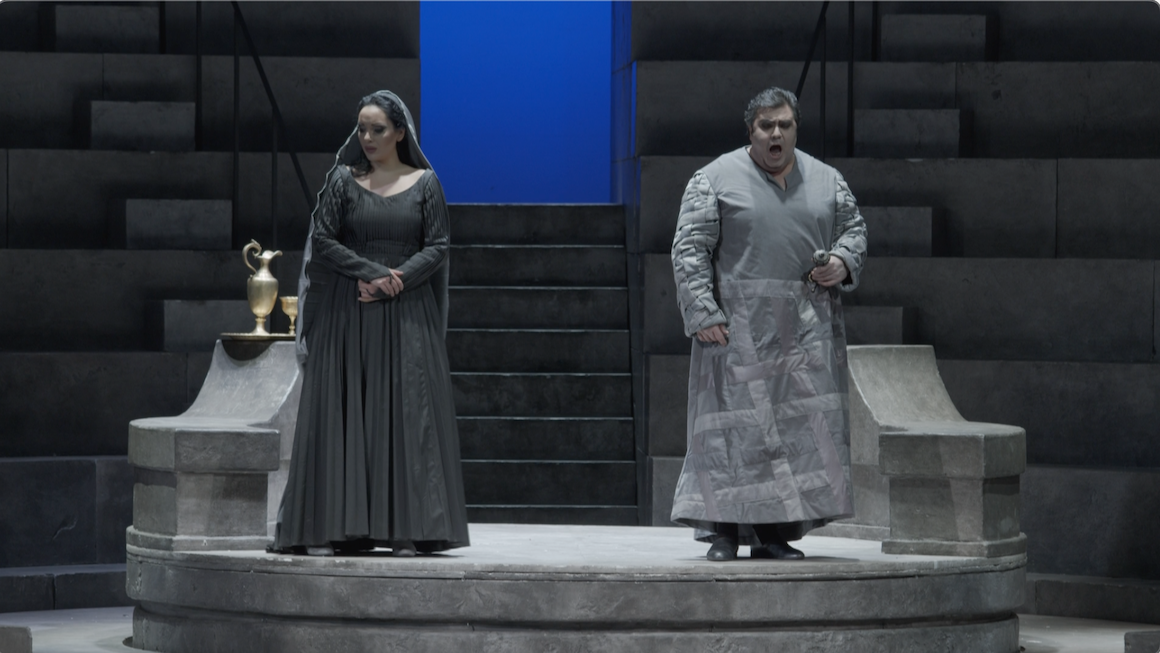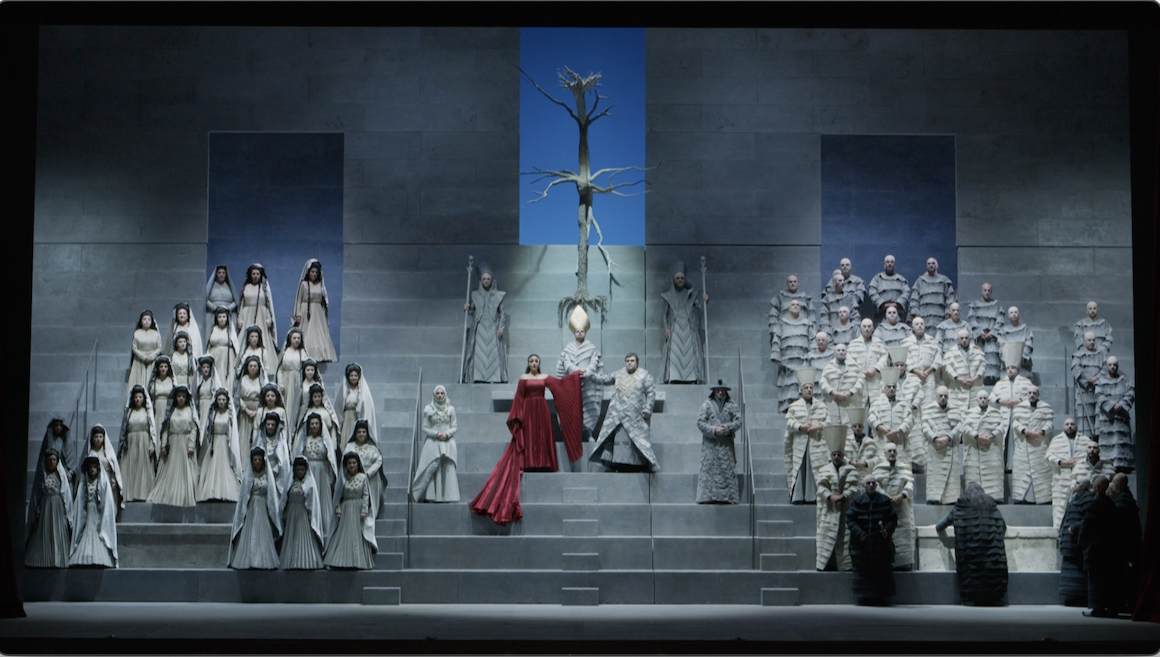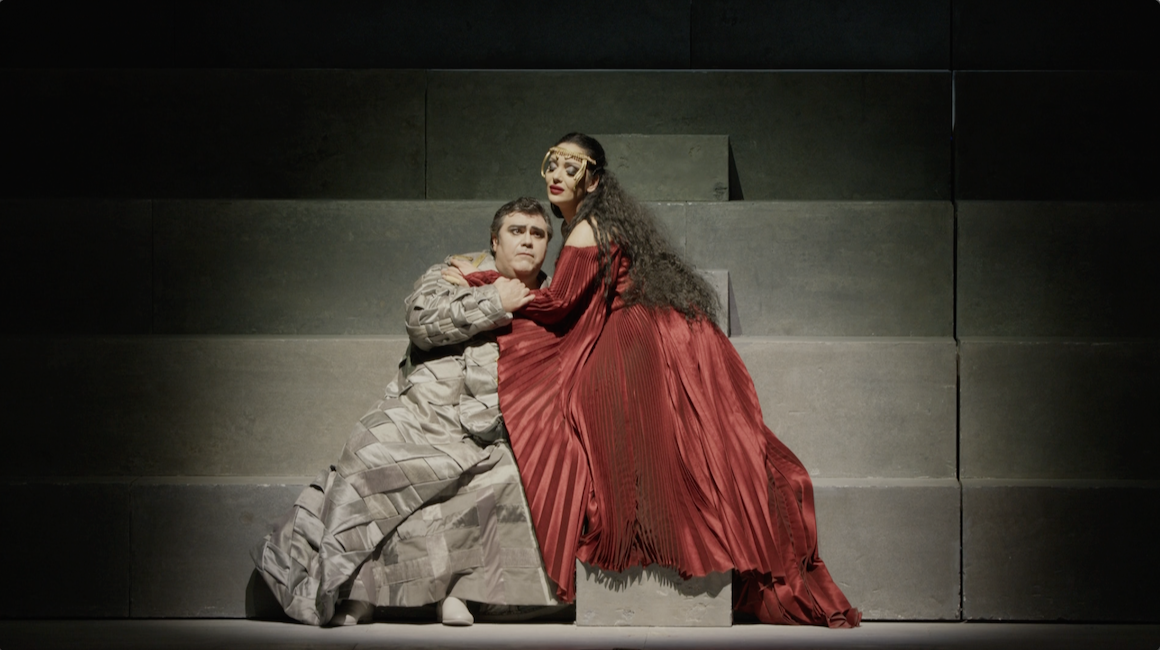Throughout the history of Italian opera the long running feud between the Guelphs and the Ghibellines has provided composers and librettists with endless opportunities for pointless revenge killings and other assorted mayhem. They werer still doing it in 1907 when Frencesco Cilea premiered his short three act opera Gloria.

So here’s the scoop. To celebrate the commissioning of a fountain, the Guelph management of Siena, in the person of Acquilante de’ Bardi, has decalred a one day amnesty for the other lot so they can join in the fun. Lionetto de’ Ricci, whose family has been slaughtered by the Bardis, shows up and recognises Gloria de’ Bardi as his childhood sweetheart. He reveals himself as the Ghibelline captain Fortebrando and runs off with Gloria. She agrees to marry him as as long as he calls off the war though not before her brother Bardo has revealed that their father has been killed in battle. In true operatic style he veers backwards and forwards between calling her an angelic heroine and a complete slut while trying to persuade her to stab or poison Fortebrando. Gloria and Fortebrando marry (in the chapel where Acquilante is married… natch) but Bardo, who really is a piece of work, waits until Lionetto greets him as a brother before stabbing him. Gloria does a bit of fairly useless dabbling with holy water when a bandage might be more use so, predictably, Lionetto dies and she stabs herself too.

For the production in Cagliari in 2023, director Antonio Albanese, set designer Leila Fleita and costume designer Carola Fenocchio decided to set the whole thing in a sort of amphitheatre (slightly different for each act) with everything in. grey and browns. The men look they are wearing bedspreads or maybe plaster casts. The only touch of colour is Gloria’s wedding dress in Act 3. And basically the amphitheatre set up forces everyone to stand and deliver in a very static way. The wooden acting that results is complemented, for the most part, by rather unsubtle declamatory singing.

Musically the piece is as retro as the libretto. It premiered in 1907 and was revised in 1932 (the version used here) but if there’s just maybe a touch of French influence in the orchestration anything else that was going on musically north of the Alps in this period, or for some time before, is entirely ignored.

All that said, Carlo Ventre, as Fortebrando sings with proper heroic tenor high notes and loads of power; if not a whole lot of subtlety, and Anastasia Bartoli makes a pretty good fist of Gloria. She’s a Puccini type soprano with a rich tone and plenty of oomph. On odd occasions she even acts quite well but she’s not required to very often! Franco Vassallo is solid enough vocally as Bardo and twirls a mean moustache. Everybody else sings and acts pretty much like an oratorio. Francesco Cilluffo, conducting, gets a full blooded Italianate sound from the orchestra but in the last analysis it’s not a very interesting score.

Matteo Richetti directed for video and this one is a doddle to direct, One really only needs two shots; the serried ranks on the amphitheatre steps and close up on the principals. The sound (DTS-HD-MA and PCM stereo) on Blu-ray is excellent as is the picture. Besides a synopsis the booklet contains an OK interview with the conductor where he shows a lot more enthusiasm for the piece than I can muster. Subtitle options are Italian, English, French, German, Korean and Japanese.

It seems to be very much the done thing in Italy right now to resurrect mostly forgotten operas. I get the idea but there are some that deserve to be forgotten.
Catalogue information: Dynamic Blu-ray DYN 58004
